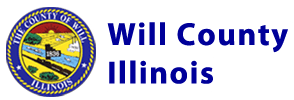
Assistance Framework for
Parks & Libraries
The Coronavirus State and Local Fiscal Recovery Funds (SLFRF), a part of the American Rescue Plan, delivers $350 billion to state, local, and Tribal governments across the country to support their response to and recovery from the COVID-19 public health emergency.
Applications closed on August 12, 2022
For additional information about grant applications, future grant opportunities, or general inquiries, please contact arpainfo@willcounty.gov
Parks & Libraries Dashboard
Click to see a breakdown of how ARPA funds have been used throughout Will County.
This program ensures that governments have the resources needed to:
Fight & Support
Fight the pandemic and support families and businesses struggling with its public health and economic impacts
Maintain
Maintain vital public services, even amid declines in revenue
Build
Build a strong, resilient, and equitable recovery by making investments that support long-term growth and opportunity
American Rescue Plan Final Rule
Treasury provides an expanded set of households and communities that are presumed to be “impacted” and “disproportionately impacted” by the pandemic, thereby allowing recipients to provide responses to a broad set of households and entities without requiring additional analysis. Further, the final rule provides a broader set of uses available for these communities as part of COVID-19 public health and economic response, including making affordable housing, childcare, early learning, and services to address learning loss during the pandemic eligible in all impacted communities and making certain community development and neighborhood revitalization activities eligible for disproportionately impacted communities. Further, the final rule allows for a broader set of uses to restore and support government employment, including hiring above a recipient’s pre-pandemic baseline, providing funds to employees that experienced pay cuts or furloughs, avoiding layoffs, and providing retention incentives.
Subrecipient Relationship
Parks and Libraries are integral partners providing vital services and serve as a hub for community needs. Districts across Will County have been allocated funds based on the population of County residents served within their boundaries. Will County is committed to supporting the districts as they recover from COVID-19 and aid the community. As sub-recipients of federal funding, districts carry-out eligible programs on behalf of Will County and are subject to SLFRF compliance and reporting requirements. Will County will manage and monitor Park and Library Districts to ensure compliance with the SLFRF requirements.
Assistance to Households
Parks and libraries are community service providers which may support the following programs for households impacted or disproportionately impacted by the pandemic. Programs and services may include:
- Food assistance (e.g., child nutrition programs, including school meals) & food banks
- Assistance to individuals who want and are available for work, including job training, public jobs programs and fairs, support for childcare and transportation to and from a jobsite or interview, incentives for newly employed workers
- Programs, devices & equipment for internet access and digital literacy, including subsidies for costs of access
- Assistance in accessing and applying for public benefits or services
Public Health Mitigation:
A District or municipality may support COVID-19 prevention, mitigation, or other services in public facilities. This is a broad category, generally focused on capital expenditures primarily for air quality improvements. Capital expenditures for the purpose of Public Health must be proportional to the pandemic impact identified.
Determining Project Eligibility and Impacted and Disproportionately Impacted Households
In determining the classification of the local community, recipients may determine whether to measure income levels for specific households or for a geographic area based on the type of service to be provided. For example, recipients developing a program that serves specific households (e.g., a subsidy for internet access, a childcare program) may measure income at the household level. Recipients providing a service that reaches a general geographic area (e.g., a park) may measure median income of that area.
Impacted
An assistance service or program must benefit residents qualifying under at least one of the following definitions in any of the below categories:
Low-income
- Income at or below 300 percent of the Federal Poverty Guidelines
- Income at or below 65 percent of area median income for its county
- Counties may use a default household size of three when easier for administration
- Counties may presume any household earning below $65,880 is impacted and eligible for services
Circumstances
- Households that experienced unemployment
- Households that experienced increased food or housing insecurity
Federal Programs
Households that qualify for one or more of the following:
- Children’s Health Insurance Program (CHIP)
- Childcare Subsidies through the Child Care Development Fund (CCDF) Program or
- Medicaid
Federal Poverty Limit
300% Impacted
| Household Size | Gross Annual Income |
| 1 | $40,770 |
| 2 | $54,930 |
| 3 | $69,090 |
| 4 | $83,250 |
| 5 | $97,410 |
| 6 | $111,570 |
| 7 | $125,730 |
| 8 | $139,890 |
| 9 | $154,050 |
| 10 | $168,210 |
Disproportionately impacted
An assistance service or program must benefit residents qualifying under at least one of the following definitions in any of the below categories:
Low-income
- Income at or below 185 percent of the Federal Poverty Guidelines
- Income at or below 40 percent of area median income for its county
- Counties may use a default household size of three when easier for administration
- Counties may any household earning below $40,626 is disproportionately impacted
Federal Programs
- Temporary Assistance for Needy Families (TANF)
- Supplemental Nutrition Assistance Program (SNAP)
- Free- and Reduced-Price Lunch (NSLP) and/or School Breakfast (SBP) programs
- Medicare Part D Low-Income Subsidies
- Supplemental Security Income (SSI)
- Head Start and/or Early Head Start
- Special Supplemental Nutrition Program for Women, Infants, and Children (WIC)
- Housing Choice Vouchers (Section 8)
- Low-Income Home Energy Assistance Program (LIHEAP)
- Pell Grants
- Title I eligible schools
Federal Poverty Limit
185% Disproportionately Impacted
| Household Size | Gross Annual Income |
| 1 | $25,142 |
| 2 | $33,874 |
| 3 | $42,606 |
| 4 | $51,338 |
| 5 | $60,070 |
| 6 | $68,802 |
| 7 | $77,534 |
| 8 | $86,266 |
| 9 | $94,998 |
| 10 | $103,730 |
Examples of Eligible Programs
Example #1
A park or library may provide additional funds for employees who experienced pay cuts or were furloughed, avoid layoffs, provide worker retention incentives, or pay for ancillary administrative costs related to hiring, support, and retention.
Example #2
Libraries may purchase equipment or host a job fair to respond to the needs of impacted residents. The program would support those unemployed because of COVID-19, seeking job training and resume assistance to transition to a new career.
Example #3
A park or library may host a mobile food pantry open to those in a low-income area, a public housing neighborhood, or a qualified census tract.
